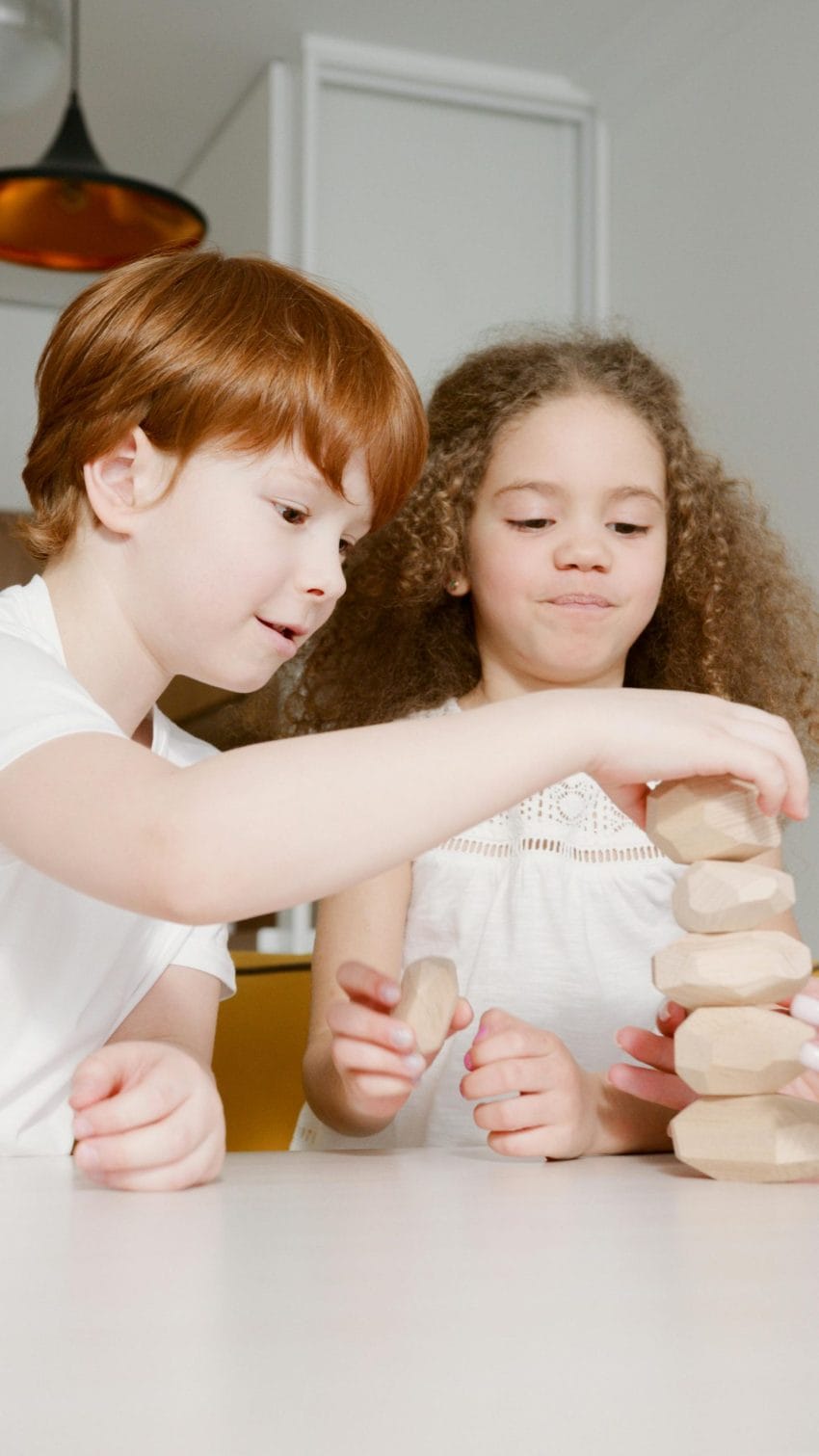Practical Guide to Build Resilience in Children and Teens
Resilience isn’t just about “bouncing back”—it’s about learning to adapt, thrive, and grow even in the face of adversity. For children and teens, cultivating resilience is essential for their emotional well-being and future success.
Parents and educators play a pivotal role in helping the next generation develop this vital skill. In this article, we will explore practical strategies and insights to help foster resilience in children and young adults, ensuring they can navigate life’s inevitable ups and downs with confidence and strength.
Why Resilience Matters in Today’s World
The world is fast-paced and full of uncertainties, from academic pressures to social challenges and the impact of digital media. Resilience is no longer a “nice-to-have” trait; it’s essential for mental health, academic success, and overall life satisfaction.
Children and teens who lack resilience may struggle with stress, anxiety, and self-doubt. Those who build resilience, however, develop the emotional tools to handle failure, change, and adversity with grace and strength.
For parents and educators, the challenge is to foster this resilience in a way that’s both effective and sustainable. Let’s delve into the strategies that can help.
Encourage Problem-Solving and Critical Thinking
A resilient mindset begins with the ability to approach problems creatively and with confidence. Teaching children how to think critically about situations, rather than rushing to solve problems for them, fosters independence.
For example, when a child struggles with a difficult math problem, rather than giving them the answer, guide them through questions that help them think about the process. Similarly, in social situations, encourage children to brainstorm solutions to conflicts rather than intervening immediately.
This approach empowers children to trust their abilities and take ownership of their actions, which is a key aspect of resilience.
Normalize Failure as a Learning Opportunity
Many children and teens view failure as a reflection of their worth. This mindset not only damages self-esteem but also stifles growth. Instead, failure should be seen as a stepping stone to success—a natural part of learning. Parents and educators can play a crucial role by normalizing failure and using it as a teaching moment.
For example, if a teen doesn’t get selected for the school sports team, rather than focusing on the disappointment, help them see what they learned from the experience.
Did they develop a new skill? Did they identify areas where they need improvement? This reframing teaches them that failure is not an endpoint but a part of the growth journey.
Build Emotional Awareness and Regulation
Resilience is not just about action; it’s also about emotion. A key aspect of resilience is emotional intelligence, which includes recognizing and managing emotions in a healthy way. Many children and teens struggle with identifying their feelings, let alone regulating them.
Encourage open discussions about emotions at home and in the classroom. Ask questions like, “How did that make you feel?” or “What do you think triggered that emotion?”
Simple mindfulness exercises, like deep breathing or journaling, can also help children become more aware of their emotional states and develop strategies to manage stress.
Create a Safe Space for Expression
A critical element of resilience is the ability to express oneself openly without fear of judgment. Children and teens need a space where they feel safe to talk about their fears, frustrations, and struggles.
This could be through one-on-one conversations with a parent or teacher, group discussions in class, or even through art or writing.
For example, encourage teens to journal their thoughts after a tough day at school. Writing down emotions can serve as a release valve for stress and help them gain clarity on how they feel. By creating these safe spaces, you offer children and teens the chance to reflect, express, and build resilience.







